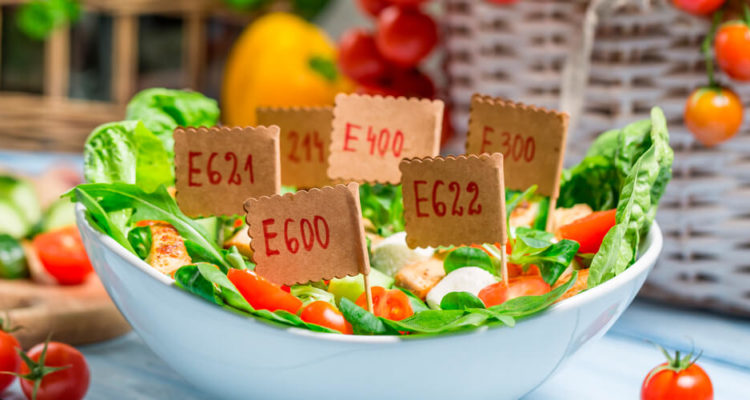
Food additives: should you be afraid of E-codes on labels
0
On the shelves stores, you can find many products that contain so-called E-supplements. There is an opinion that they pose a threat to health, since a simple buyer does not know what is hidden behind a set of numbers.
What are E-codes
Behind the three or four numbers specified after the letter E, the coded names of preservatives and other additives are hidden. They are needed either to extend the shelf life of the product, or to improve its color and taste.
These substances do not pose any danger, as they are strictly controlled by international regulators: the Joint Committee of Experts of the International Agricultural organization (JECFA), Codex Alimentarius (Codex Alimentarius), adopted by the international commission of FAO/WHO, as well as by the Ministry of Health of Ukraine.
Types of E-codes
There are three main categories into which these supplements can be divided:
- natural (that is, created using natural components);
- synthetic (created in laboratories);
- identical to natural ones (also created in laboratories, but identical in composition to natural ones).
Natural ones include coloring additives E100-E199, preservatives of the E200-E299 group, acidity regulators E300-E399 and E500-E599, thickeners, stabilizers and emulsifiers E400-E499, flavor enhancers E600-E699, sweeteners E900-E999 and E1000-E1599, which belong to the group of additional chemicals.
Prohibited E-codes
According to the order of the Ministry of Health, some of the additives, including those permitted by international organizations, are prohibited for use in food products. These include:
E121 (dye “citrus red”);
E123 (dye “red amaranth”);
E128 (dye “red 2G”)
E216 (preservative – para-hydroxybenzoic acid propyl ether);
E217 (preservative – sodium salt of para-hydroxybenzoic acid of propyl ether);
E240 (preservative formaldehyde).
There are also prohibited additives – these are substances that have not been tested or are being tested, but there is no final result yet .
Prohibited additives (additives that have not been tested or are being tested, but the final result is not yet available)
* E127 – erythrosine – prohibited in a number of countries
* E154 – Brown FK
* E173 – Aluminum
* E180 – Ruby lithol VK
* E388 – Thiopropionic acid
* E389 – Dilaurylthiodipropionate
* E424 – Curdlan
* E512 – Tin (II) chloride
* E537 – Iron hexacyanomanganate
* E557 – Zinc silicate
* E912 – Esters of montanic acid
* E914 – Oxidation polyethylene wax
* E916 – Calcium iodate
* E917 – Potassium iodate
* E918 – Nitrogen oxides
* E919 – nitrosyl chloride
* E922 – potassium persulfate
* E923 – ammonium persulfate
* E924b – Calcium bromate
* E925 – Chlorine
* E926 – Chlorine dioxide
* E929 – Acetone peroxide

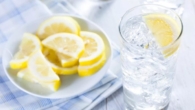
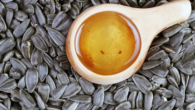
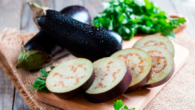


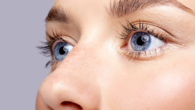


Leave a Reply